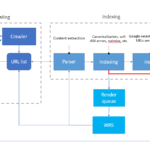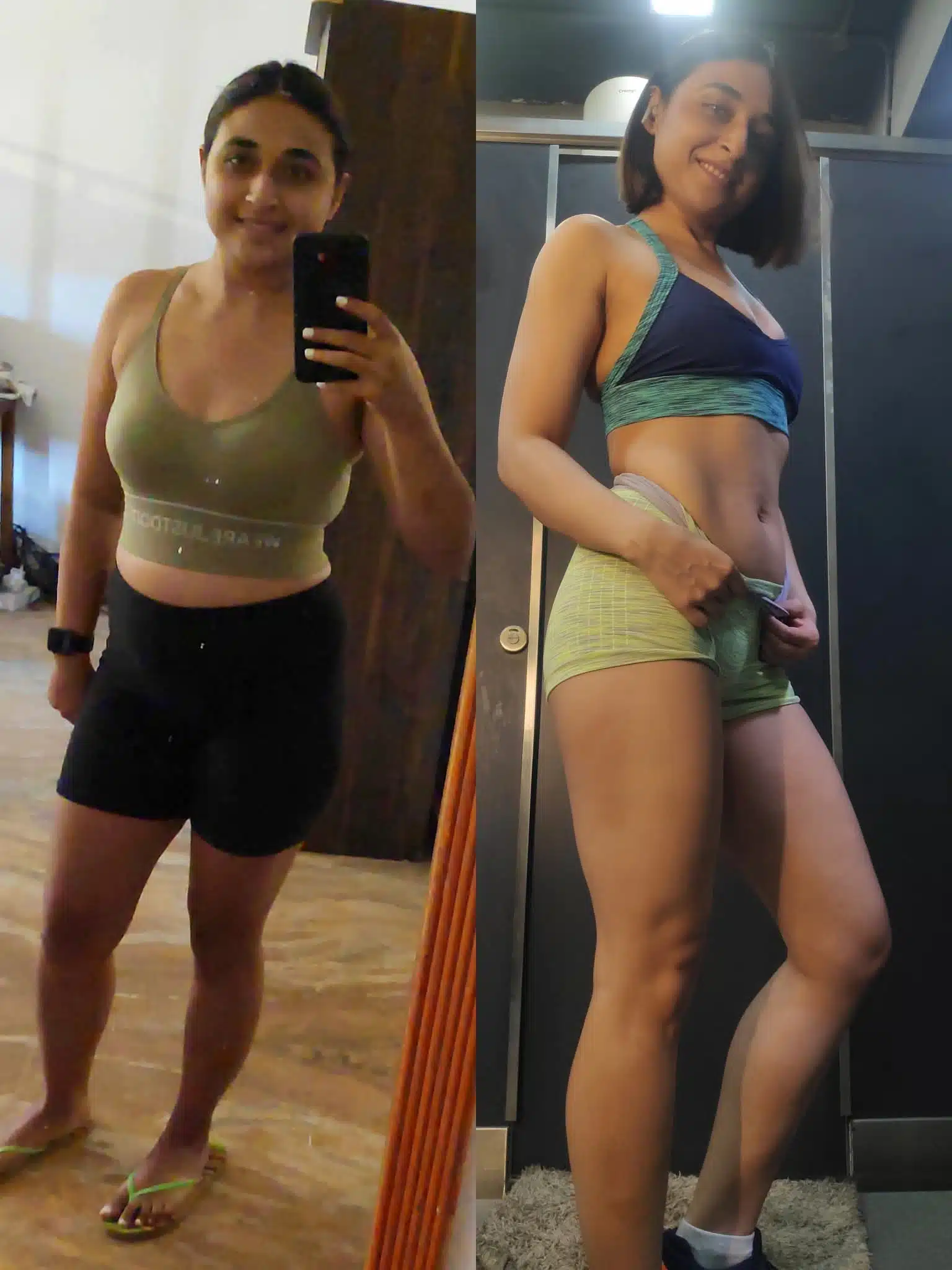It’s Simple, But It’s Not Easy – And That’s Okay
By Saumya Sharma | INFS Certified Fitness & Nutrition Coach
#infscertified
Introduction – Why Fat Loss Feels Hard, Even When You Know What to Do
Let’s be honest. Fat loss advice is everywhere. From Instagram reels to health magazines, we all know the basics: eat less, move more, sleep better. And yet, millions struggle to lose fat sustainably. Why?
Because knowing what to do and consistently doing it are two very different things.
In this article, I’ll share:
- The 7 core pillars of fat loss
- Why most people fail at sustainable weight loss
- My personal approach — step by step
- How you can start your own journey today
The 7 Foundational Steps of Fat Loss — Backed by Science
These seven steps are supported by research and are used by certified fitness professionals worldwide. No crash diets. No magical detox teas. Just science-backed strategies.
1. Maintain a Calorie Deficit (The #1 Rule of Fat Loss)
Keyword: calorie deficit for fat loss
Fat loss is governed by the law of energy balance:
Calories in vs. Calories out.
To lose fat, you need to consume fewer calories than you burn. This doesn’t mean starving — it means creating a moderate, sustainable deficit through diet and movement.
- Aim for a 300–500 calorie deficit/day.
- Use apps like MyFitnessPal to track intake.
- Avoid drastic restrictions — they backfire.
🔍 SEO Tip: People often search “how many calories to eat to lose weight” — be sure to optimize for this keyword.
2. Do Resistance Training to Build and Preserve Muscle
Keyword: resistance training for fat loss
Cardio burns calories. But resistance training changes your body composition. It helps retain lean muscle, which boosts your resting metabolic rate (RMR) and gives your body a toned, sculpted look.
- Aim for strength training 3–4x/week.
- Focus on compound movements: squats, deadlifts, pushups.
- Use progressive overload (gradually increasing weight or reps).
💡 Strength training is key to body recomposition — losing fat while gaining muscle.
3. Prioritize Protein (1–2g/kg Body Weight)
Keyword: high-protein diet for weight loss
Protein supports muscle repair, improves satiety, and helps control cravings. A higher-protein diet also prevents muscle breakdown during fat loss.
- Sedentary individuals: 1g/kg
- Active individuals: 1.6–2g/kg
- Include eggs, paneer, legumes, tofu, chicken, fish
🥗 Bonus: Spreading protein intake across meals (25–30g per meal) is more effective than eating it all at once.
4. Get 7–9 Hours of Quality Sleep
Keyword: sleep and fat loss
Lack of sleep affects two key hunger hormones — ghrelin (increases hunger) and leptin (decreases satiety). Sleep-deprived individuals are more likely to overeat and feel fatigued.
- Establish a fixed sleep-wake schedule
- Avoid screens 1 hour before bed
- Use calming rituals like reading or journaling
💤 Consistent sleep improves workout recovery, willpower, and mood — all crucial for long-term success.
5. Manage Stress to Control Cortisol
Keyword: stress and weight loss
Chronic stress raises cortisol, which leads to increased appetite, belly fat storage, and muscle breakdown.
- Meditate, journal, spend time in nature
- Take rest days and don’t overtrain
- Learn to say “no” and set boundaries
🧠 Mental peace is a hidden superpower in any fitness journey.
6. Eat More Fibre (25–35g/day)
Keyword: fibre for digestion and fat loss
Fibre slows digestion, controls blood sugar, and keeps you full for longer — making it easier to stay in a calorie deficit.
- Add vegetables to every meal
- Choose whole grains over refined carbs
- Include beans, fruits, flaxseeds, chia seeds
🌾 Most Indians get only half the recommended fibre — small swaps can make a big difference.
7. Stay Active Throughout the Day (NEAT Movement)
Keyword: NEAT for weight loss
NEAT (Non-Exercise Activity Thermogenesis) refers to calories burned through daily movement like walking, cleaning, climbing stairs.
- Take 5–10 minute walks after meals
- Use a step tracker (7,000–10,000 steps/day is a good goal)
- Avoid sitting for long hours — stand up every 30–60 minutes
🚶 Small movement breaks throughout the day can burn hundreds of extra calories weekly.
My Personal Journey – From Overwhelmed to Empowered
People often ask me, “Did you follow all these steps from Day 1?”
No. That’s unrealistic. And unsustainable.
Instead, I started with four simple habits — ones that didn’t feel intimidating.
1. I Moved More — Without Realizing It
I started walking during phone calls, pacing while watching TV, and taking stairs instead of lifts. This alone added 2,000+ steps/day.
2. I Adjusted My Plate
I reduced portion sizes (e.g., one less roti), added a boiled egg or curd, and slowly began building more balanced meals.
3. I Lifted Weights
Initially, I followed online workouts with dumbbells. I didn’t wait for the “perfect gym” or “right time” — I just started.
4. I Reduced Junk Gradually
No cold turkey. If I wanted chips, I had a small bowl, not a big packet. Over time, my cravings faded as my body adapted.
Hitting a Plateau? Or Feeling Lost? Start Here
If you’re overwhelmed by the amount of information out there, here’s your 3-step starter kit:
1. Walk More
Just move — even 15 minutes twice a day makes a difference.
2. Add Protein
Include one protein-rich food in each meal (e.g., dal, paneer, eggs).
3. Sleep Better
Aim to sleep and wake at the same time every day. No excuses.
Final Message — You Are Stronger Than You Think ❤️
Fitness is not about being perfect. It’s about being persistent. Whether you’re just starting out or restarting after setbacks — keep going.
I believe in you.
You don’t need permission to choose yourself.
Don’t let other people’s opinions, inner doubt, or slow progress hold you back.
You have one body. One life.
Make it strong, capable, and full of energy.
FAQs — Your Questions Answered
Q1: Can I lose fat without cutting carbs completely?
Yes! Carbs are energy. Portion control matters more than food elimination.
Q2: How long will it take to see results?
Visible results often show in 4–8 weeks, but internal health improves from Day 1. Stay consistent.
Q3: Is it okay to eat rice, roti, or sugar?
Yes — in moderation. Sustainability > restriction.
Author Bio:
Saumya Sharma is a Certified Fitness & Nutrition Consultant (INFS Certified), passionate about helping others achieve their goals with simplicity, science, and self-compassion.
Follow for more insights: #infscertified | @coachsaumya.fit









